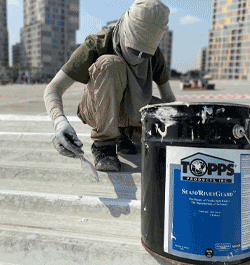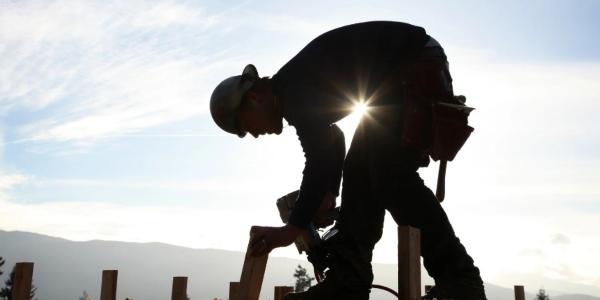UP TO THE MINUTE
5 steps to mastering cost estimating

By John Kenney, Cotney Consulting Group.
Learn how to balance the art and science of estimating to build a reliable cost history.
In order to have a successful roofing project, you must first create an accurate estimate of the costs involved. This estimate will help your company reach all of the project targets while staying profitable. But making that accurate estimate can be a tricky process. To do it successfully, contractors must balance the creative aspect of estimating with a more scientific approach that can produce cost certainty. Here at Cotney Consulting Group, we recommend building a robust cost history initiative to help you with this process.
Step 1: Define the use and scope of cost data
Determine end goals: The first step is clearly defining how your company will use the data. Understand the level of detail required, the historical range to be covered and the intended users of this data. This clarity will shape the entire initiative, ensuring the data collected is relevant and valuable.
Consider all factors: Cost history isn't just about financial figures. It should also encompass bid tracking, vendor success rates, project timelines, team composition and other critical project aspects. These factors provide a comprehensive picture, aiding in more accurate future estimates.
Step 2: Assess existing data
Explore current data sources: Construction companies typically store vast amounts of data across various departments and systems. Investigate the available data in accounting systems, marketing platforms, scheduling dashboards and project management tools. Understanding the existing data landscape can prevent redundant efforts and highlight readily available information.
Create a measurement wish list: After assessing existing data, compile a wish list of additional metrics that should be measured. This list will guide future data collection efforts, ensuring all necessary information is captured.
Step 3: Standardize coding and planning
Create consistent standards: Inconsistent coding and varying levels of estimate granularity can hinder the effectiveness of a cost history initiative. Develop company-wide standards for coding and estimating processes to streamline data collection and improve accuracy.
Validate recent estimates: Compare recent estimates with actual project costs to validate the accuracy of your data. This step can also reveal gaps in the current process, providing opportunities for improvement.
Step 4: Simplify and automate the process
Implement automated systems: Automation is key to efficiently gathering and maintaining historical cost data. Develop systems that reduce manual data entry and sorting, making the process easier for all involved parties. Automated processes ensure that data is consistently and accurately collected, reducing the likelihood of errors.
Collaborate with teams: Successful data collection depends on collaboration across departments, including pre-construction, subcontractors and project teams. Make the process as easy as possible for everyone involved to ensure consistent and comprehensive data gathering.
Step 5: Seek expert assistance
Engage with data owners: Work closely with departments that own critical data, such as accounting and IT, to understand how data is collected and stored. Their insights can greatly enhance the efficiency and effectiveness of your cost history initiative.
Utilize estimating software: Leverage your estimating software vendor's expertise to integrate cost history into your platform. For instance, tools like DESTINI Estimator can standardize metrics and automate data reporting, streamlining the cost history process.
Conclusion
Compiling a cost history initiative requires concerted effort and collaboration. Roofing contractors can develop a robust system that enhances estimating accuracy and project management efficiency by following these steps. Investing in a cost history initiative is about improving current practices and paving the way for future success.
At Cotney Consulting, we are here to support you every step of the way in refining your estimating processes and driving your business forward. Ready to enhance your estimating accuracy? Contact Cotney Consulting for expert advice and tailored solutions.
Original article and photo source: Cotney Consulting Group
Learn more about Cotney Consulting Group in their Coffee Shop Directory or visit www.cotneyconsulting.com.


















Comments
Leave a Reply
Have an account? Login to leave a comment!
Sign In